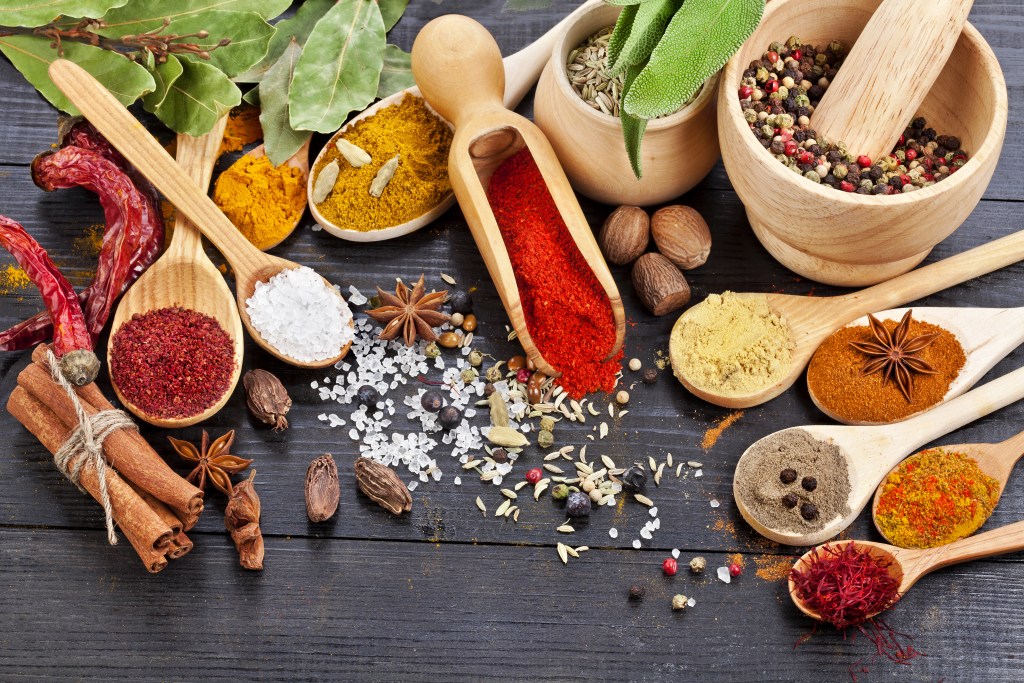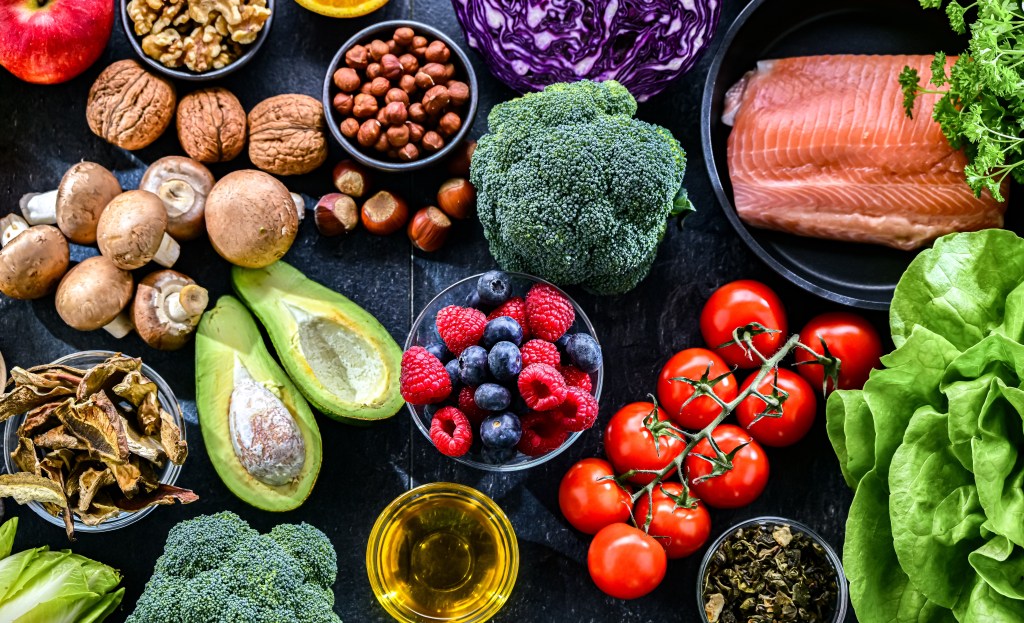At a glance
Rheumatoid arthritis is an autoimmune condition that causes inflammation and discomfort in the joints and other areas of the body. Implementing supportive lifestyle changes can help manage symptoms naturally and promote long-term joint health.
Rheumatoid arthritis results from imbalanced immune system responses and affects the joints, often leading to discomfort and limited mobility.
While medical care is essential, natural approaches, such as regular movement, balanced nutrition, and stress reduction, can also help manage arthritis symptoms.
Incorporating these lifestyle strategies alongside appropriate medical treatment for rheumatoid arthritis may help enhance mobility, reduce discomfort, and support long-term quality of life.
What is rheumatoid arthritis?
Rheumatoid arthritis is an autoimmune disease in which the immune system mistakenly attacks the lining of the joints, leading to inflammation, pain, and joint damage over time.
“Unlike osteoarthritis, which is caused by wear and tear, rheumatoid arthritis is triggered by immune cells that attack the synovium, which is the lining of the membranes surrounding the joints,” explains Dr. Berg. “This results in chronic inflammation that can thicken the synovium, damage cartilage, and even erode bone.”
In many cases, rheumatoid arthritis affects joints symmetrically, meaning it involves the same joints on both sides of the body, such as the wrists, knees, or fingers.
Arthritis-related inflammation may also impact the skin, eyes, lungs, heart, and blood vessels. This widespread effect can contribute to fatigue, low-grade fever, and general feelings of malaise often reported by those affected.
Rheumatoid arthritis tends to follow a pattern of flare-ups and remissions, where symptoms worsen and then improve for a period of time.
If left untreated, this condition can lead to joint deformity and significant disability. However, advances in rheumatoid arthritis treatments have enabled many people to manage their symptoms effectively and maintain a good quality of life.
Watch the video below to discover the best vitamin for rheumatoid arthritis.
Rheumatoid arthritis causes and risk factors
Rheumatoid arthritis is a complex autoimmune condition that causes painful swelling and joint damage over time.
Research published in StatPearls describes it as a condition “caused in many cases by the interaction between genes and environmental factors, including tobacco, that primarily involves synovial joints.”1
Certain risk factors, such as smoking, a family history, and excess weight gain, can contribute to disease onset or symptom severity by increasing systemic inflammation.
Hormonal shifts, including those experienced by pregnant women, may also play a role in disease progression.

Symptoms of rheumatoid arthritis
Rheumatoid arthritis often develops gradually, but its effects can significantly impact daily life if left unaddressed.
Below are common symptoms associated with rheumatoid arthritis:
- Joint pain, swelling, and stiffness
- Warmth and tenderness of joints
- Chronic fatigue
- Reduced range of motion
- General malaise
- Low-grade fever
- Numbness or tingling
- Unintended weight loss

How is rheumatoid arthritis diagnosed?
A rheumatoid arthritis diagnosis usually involves a combination of clinical evaluation, laboratory testing, and imaging studies to assess joint health and immune activity.
Because this condition can progress quickly, early detection and treatment are key to supporting long-term joint function and reducing the risk of complications.
To treat rheumatoid arthritis effectively, your healthcare team typically begins by reviewing your symptoms and medical history to identify patterns consistent with autoimmune activity.
This is followed by a thorough physical examination to assess joint swelling, tenderness, and any limitations in range of motion, key indicators used to support a diagnosis and guide treatment planning.
Blood tests play a crucial role in forming a comprehensive understanding of rheumatoid arthritis by detecting markers of inflammation and immune activity, such as rheumatoid factor (RF) and anti-CCP antibodies.
Additionally, imaging studies, such as X-rays and ultrasounds, can reveal joint damage or erosion that might not be apparent during a physical examination, helping to assess disease progression and inform treatment decisions.

5 tips for managing rheumatoid arthritis naturally
Many individuals with rheumatoid arthritis are prescribed nonsteroidal anti-inflammatory drugs (NSAIDs) to relieve pain and reduce inflammation.
However, these medications often only mask symptoms without addressing the underlying causes of the disease, leading many to seek more natural alternatives for managing their condition.
Here are five practical tips to help ease rheumatoid arthritis pain.
1. Prioritize regular movement
Engaging in low-impact physical activities, such as walking, swimming, or stretching, helps maintain joint mobility and encourages healthy circulation.
Over time, guided physical therapy and regular activity can assist in maintaining range of motion and supporting balance, which are crucial for preserving independence and daily function.
2. Focus on an anti-inflammatory diet
Dietary choices play a significant role in managing inflammation, as certain foods can help ease discomfort, while others may worsen it.
According to a study published in Nutrients, anti-inflammatory dietary approaches, including the ketogenic diet, were associated with reduced pain levels in individuals with rheumatoid arthritis.2
A nutrient-dense ketogenic diet, such as Healthy Keto®, emphasizes minimally processed and nutritious foods, including organic leafy greens, oily fish, and olive oil, which can help manage inflammation.
In addition, this low-carb meal plan also limits and avoids processed foods, refined carbohydrates, and sugary drinks, which are known to promote inflammatory responses and exacerbate rheumatoid arthritis symptoms.
3. Support restful sleep
Research published in the Journal of Clinical Medicine examined sleep quality in individuals with rheumatoid arthritis and found that more than half experienced poor or insufficient rest.3
The trial further revealed a strong link between higher pain levels and disrupted sleep.
Natural pain management techniques, such as deep breathing and relaxation exercises, can help ease discomfort and promote better sleep.
Additionally, establishing a calming bedtime routine helps create an environment that can support deeper, more restorative rest.

4. Incorporate anti-inflammatory herbs and spices
Various herbs and spices have been found to contain natural compounds that may assist in alleviating inflammation.
Turmeric, which contains the bioactive compound curcumin, has shown potential to relieve pain and swelling in individuals with rheumatoid arthritis.
A study published in the Journal of Medicinal Food analyzed eight randomized controlled trials and found that turmeric intake appeared to reduce pain and improve joint mobility in individuals with rheumatoid arthritis.4
Other options include cayenne pepper, which contains capsaicin, a compound that may interfere with pain signals, as well as cinnamon and garlic, both of which have shown anti-inflammatory effects.
5. Maintain a healthy weight
Excess weight increases pressure on weight-bearing joints, including the knees, hips, and ankles, which may lead to greater physical strain during movement.
Fat tissue also produces chemical messengers known as adipokines, which can dysregulate immune responses and increase the risk of autoimmune attacks.
Reducing body fat through positive dietary and lifestyle changes can help lessen inflammation and support improved energy, flexibility, and joint comfort.

Best foods for arthritis
Certain foods may help manage rheumatoid arthritis by supporting joint function and promoting a balanced immune response.
Here are a variety of nutritious options that may help ease discomfort.
Oily fish
Fatty fish, including salmon, mackerel, and sardines, are rich sources of omega-3 fatty acids, which may help support a healthy inflammatory response, an important factor in managing rheumatoid arthritis.
These nutrients also play a role in maintaining joint mobility and overall physical function, which can be especially beneficial for those living with this condition.
Leafy green vegetables
Spinach, kale, and Swiss chard are highly nutritious and offer vitamins C and K, antioxidants, and fiber.
These nutrients support immune balance and contribute to the maintenance of connective tissues and joint integrity, which are often affected in rheumatoid arthritis.
Berries
Incorporating low-carb berries, such as blueberries, raspberries, and strawberries, into your meal plan can offer powerful antioxidant effects.
Antioxidants help strengthen the body’s ability to protect cells from damage caused by free radicals, which can contribute to chronic inflammatory diseases such as rheumatoid arthritis.
Additionally, berries are a great source of vitamin C, manganese, and potassium, nutrients that play key roles in supporting immune function, reducing oxidative stress, and maintaining healthy connective tissue and joint function.
Extra virgin olive oil
Extra virgin olive oil is a rich source of health-promoting monounsaturated fats and natural compounds such as oleocanthal, which has anti-inflammatory properties.
In the context of rheumatoid arthritis, regularly including extra virgin olive oil in the diet may help reduce joint inflammation and stiffness while supporting overall immune and cardiovascular health.

When to see a doctor
While occasional joint discomfort can occur for many reasons, persistent symptoms may indicate the need for medical evaluation.
For example, if joint pain lasts over a few weeks, becomes more intense over time, or is accompanied by swelling, stiffness, or reduced range of motion, it may be time to seek medical assistance.
In addition, symptoms such as chronic fatigue, unexplained weight changes, or prolonged morning stiffness may signal broader health concerns and should be discussed with a health provider.
Key takeaways
- Rheumatoid arthritis is an autoimmune condition that causes joint inflammation, pain, and stiffness, often affecting multiple joints simultaneously.
- Risk factors include genetics, smoking, hormonal changes, excess body weight, and environmental triggers that promote inflammation.
- Gentle, low-impact movement, adequate sleep, and maintaining a healthy weight, combined with a nutrient-rich, anti-inflammatory diet, can support joint mobility and immune balance.
- Leafy greens, berries, fatty fish, olive oil, turmeric, garlic, and cinnamon provide nutrients and compounds that help the body manage inflammatory stress and support joint comfort.
- Persistent or worsening symptoms should be evaluated by a healthcare professional to ensure proper diagnosis and individualized care.
FAQ
1. What is the best treatment for rheumatoid arthritis?
Effective management for rheumatoid arthritis (RA) often involves a combination of restful sleep, an anti-inflammatory diet, and maintaining a healthy weight.
2. Can rheumatoid arthritis go into remission?
Yes, RA can go into remission, where symptoms lessen or temporarily disappear. Remission can last for weeks, months, or even years, but it often requires continued treatment and regular monitoring to help preserve joint function and prevent flare-ups.
3. What’s the difference between rheumatoid arthritis and osteoarthritis?
RA is an autoimmune disease where the immune system attacks joint linings, causing inflammation and damage. In contrast, osteoarthritis is a degenerative condition caused by cartilage wear and tear over time.
4. What is the most common cause of rheumatoid arthritis?
Rheumatoid arthritis is believed to result from a combination of genetic and environmental factors.
Certain genes can increase the risk, while triggers like smoking or infections may activate the immune system to mistakenly target the joints. This abnormal immune response causes ongoing inflammation and joint damage over time.
5. What are the early warning signs of rheumatoid arthritis?
Early warning signs of RA often include joint stiffness, particularly in the morning or after prolonged rest periods. You may also notice swelling and tenderness commonly affecting smaller joints, such as fingers and wrists.
Sources
- https://www.ncbi.nlm.nih.gov/books/NBK441999/ ?
- https://pmc.ncbi.nlm.nih.gov/articles/PMC8706441/ ?
- https://pmc.ncbi.nlm.nih.gov/articles/PMC6210607/ ?
- https://pmc.ncbi.nlm.nih.gov/articles/PMC5003001/ ?


















